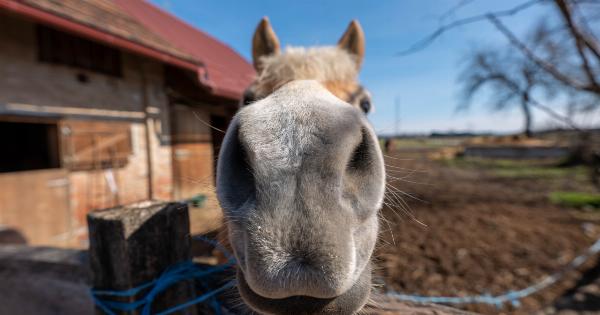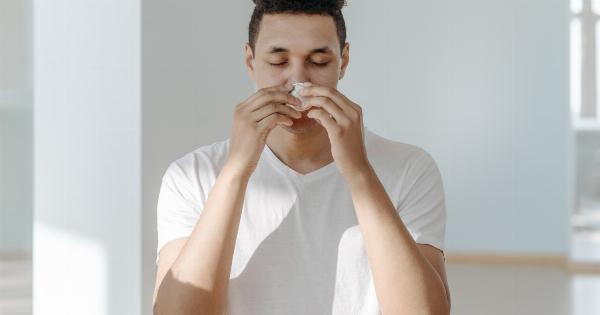Most of us have experienced the feeling of having a blocked nose at some point in our lives. Blocked nasal passages can make it difficult to breathe and cause discomfort. Fortunately, there are several ways to relieve nasal congestion.
In this article, we will break down five easy steps to help you alleviate blocked nasal passages.
Step 1: Determine the Cause of Blocked Nasal Passages
Before you can effectively treat blocked nasal passages, you need to determine the cause. There are several reasons why your nasal passages may be blocked, including:.
- Allergies
- Cold or flu
- Sinus infection
- Enlarged adenoids or tonsils
- Deviated septum
- Nasal polyps
- Environmental irritants
Identifying the underlying cause of your blocked nasal passages will help you determine the most effective treatment plan.
Step 2: Use Saline Sprays or Drops
Saline sprays or drops can help to moisten and clear nasal passages. These over-the-counter remedies are easy to use and affordable. Irrigating your nasal passages with saline solution can help to reduce inflammation and remove mucus.
Step 3: Try Nasal Decongestants
Nasal decongestants, available in both prescription and over-the-counter forms, can help to shrink swollen nasal passages. These medications work by constricting the blood vessels in the nasal passages, which reduces inflammation and improves airflow.
It is important to use nasal decongestants as directed and not to overuse them. Overuse can lead to a condition called rebound congestion, in which nasal passages become more congested when the medication wears off.
Step 4: Use a Humidifier
A humidifier can help to alleviate dry nasal passages. Dry nasal passages can become irritated and inflamed, leading to blockage. Adding moisture to the air can help to soothe nasal passages and reduce congestion.
It is important to keep your humidifier clean to avoid the growth of bacteria and mold.
Step 5: See a Doctor
If your blocked nasal passages persist for more than a week or two, or if you experience other symptoms such as fever, facial pain, or yellow or green discharge from your nose, it is important to see a doctor.
Your doctor can diagnose the underlying cause of your nasal congestion and recommend the most effective treatment plan. In some cases, prescription medications or surgery may be necessary to alleviate symptoms.
Conclusion
Blocked nasal passages can be uncomfortable and disruptive, but they are usually manageable with the right treatment. By following these five easy steps, you can help to alleviate nasal congestion and breathe more easily.































